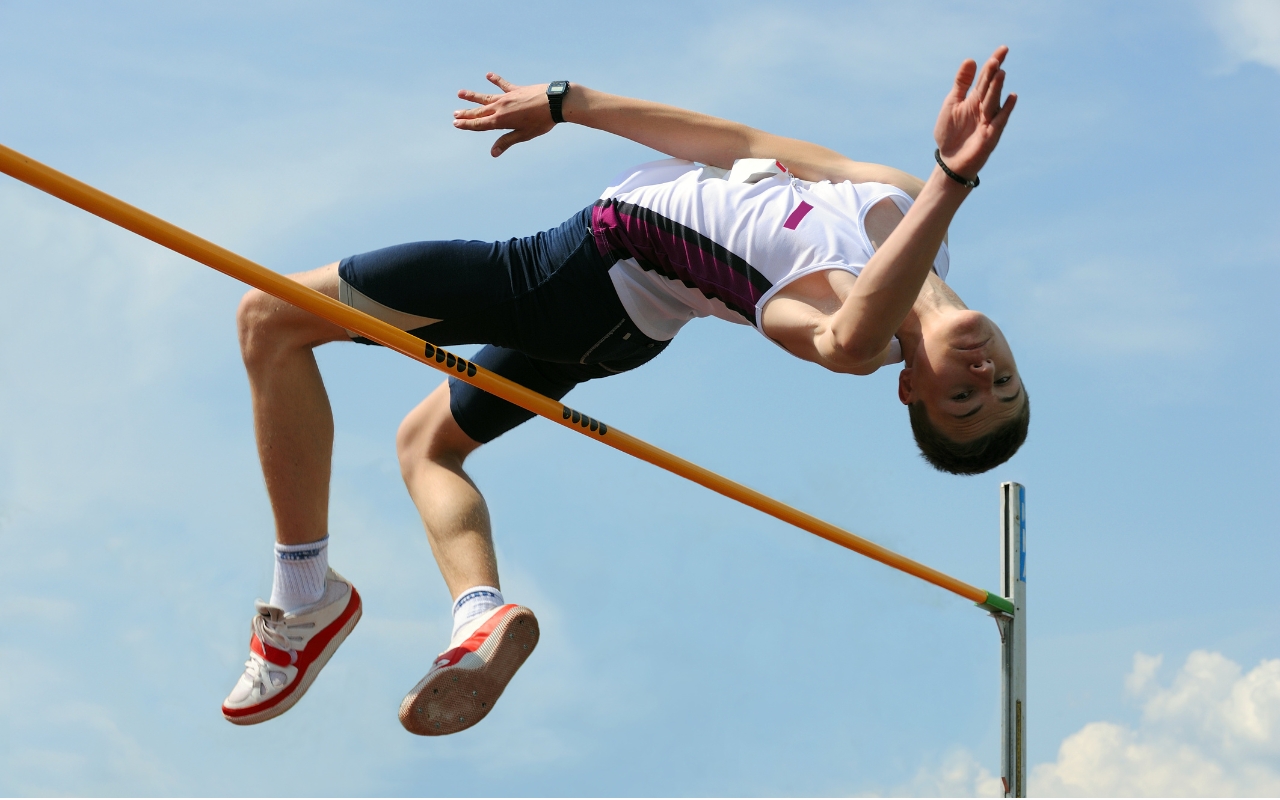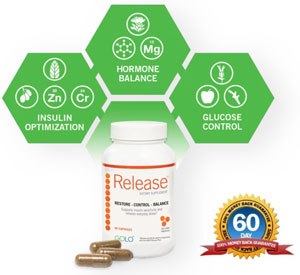Health
How can I improve my athletic performance?
Published
2 years agoon
By
mbkteam
Athletic performance isn't solely about natural talent; it's an intricate interplay of physical conditioning, mental resilience, nutrition, and recovery. Whether you're a professional athlete aiming to peak at a critical moment or an enthusiastic amateur looking to elevate your game, a comprehensive approach to training and health is essential. This article delves into multifaceted strategies to optimize athletic performance, providing a roadmap to help you unleash your full potential.
Strength and Conditioning
At the heart of athletic prowess lies strength and conditioning. Developing a robust framework through consistent strength training is vital. Exercises such as squats, deadlifts, and bench presses target multiple muscle groups, promoting functional strength and preventing injuries. High-intensity interval Training (HIIT), which alternates between intense bursts of activity and periods of recovery, has shown remarkable benefits in enhancing cardiovascular fitness, metabolic rate, and anaerobic capacity.
Functional exercises should not be overlooked. These movements mirror the actions commonly performed in your sport, thus enhancing your overall efficiency and reducing injury risk. Olympic lifts, deadlifts, goblets, and split squats are exemplary functional exercises. A balanced approach combines isolated and functional exercises to develop a comprehensive physical foundation.
Flexibility and Mobility
Flexibility and mobility are crucial for improving athletic performance and reducing injury risks. Dynamic stretching, yoga, and specific mobility exercises enhance joint stability, range of motion, and overall movement efficiency. These activities prepare the body for intense workouts, promote better muscle function, and facilitate quicker recovery by keeping muscles pliable and less prone to strains and sprains.
Sport-Specific Training
Tailoring your training to the specific demands of your sport is essential for peak performance. This approach incorporates drills, exercises, and movements that closely mimic your sport's actions and requirements. In baseball, for instance, players need to focus on flexibility, particularly in the hamstrings, and build strength in the leg, back, shoulder, and elbow muscles to support the sudden, explosive demands of the game.
Strengthening the lower back and midsection muscles can enhance the power and stability of your golf swing. Tennis players should condition their oblique muscles and maintain balanced strength in the legs and upper body to handle the sport's unique twists and turns. Swimmers benefit from strengthening the chest and midsection muscles while ensuring balance by focusing on the back and shoulder muscles.
Nutrition for Performance
Diet is a cornerstone of athletic performance. Proper nutrition supports muscle repair, energy levels, and overall health by fueling your body with a well-balanced diet rich in lean proteins, complex carbohydrates, healthy fats, and a variety of fruits and vegetables. Hydration is equally critical; staying well-hydrated ensures your body functions optimally during training and recovery.
Understanding your Resting Metabolic Rate (RMR) can provide insights into how your body utilizes fuel, helping you optimize your diet for performance and weight management. This knowledge allows precise adjustments to enhance energy levels and support metabolic health.
Recovery and Rest
Recovery is often the unsung hero of athletic performance. The body cannot repair and strengthen muscles without adequate rest, leading to fatigue and increased injury risk. Incorporate rest days into your training schedule, prioritize sleep, and utilize recovery techniques like cryotherapy and compression therapy to aid muscle repair and reduce inflammation.
Cryotherapy, for example, has been shown to accelerate muscle recovery, reduce inflammation, aid in weight loss, and enhance overall well-being. Compression therapy also reduces muscle soreness and improves circulation, facilitating quicker recovery. These methods, along with proper stretching and mindfulness practices, contribute to a holistic recovery regime.
Mental Resilience
The mental aspect of athletic performance is as critical as the physical. Utilizing sports psychology techniques such as visualization, positive self-talk, and goal setting can significantly enhance focus, confidence, and resilience. These strategies help athletes stay in the moment, manage stress, and maintain a positive mindset, which is crucial for peak performance.
Mindfulness practices, or brain fitness, can also improve mental clarity and reduce anxiety, further supporting athletic success. These practices help athletes manage the psychological demands of their sport, making them more adaptable and resilient under pressure.
Monitoring Progress
Tracking performance is vital for continuous improvement. Numerous apps and technologies are available that help monitor progress, providing insights and data on performance levels. These tools can highlight areas that need improvement, track progress over time, and offer tailored tips and strategies for enhancement.
You can adjust your training regime by keeping detailed records of your performance, ensuring you are continuously moving towards your goals. This approach fosters a proactive and data-driven mindset, essential for long-term success in any sport.
Creating an Effective Routine
Discipline and routine are the bedrock of successful athletic training. Establishing a routine that aligns with your athletic goals and personal schedule is crucial. Begin by defining clear, achievable goals and researching workouts that specifically target these objectives. Not all workouts yield the same results; thus, specificity is key.
Once your goals are set, devise a balanced schedule incorporating strength training, cardiovascular exercises, flexibility routines, and recovery periods. Consistency in following this routine will cultivate discipline, reduce the risk of burnout, and keep motivation high. Regularly reassess your goals and adjust your routine to stay on track and continuously challenge yourself.
Advanced Techniques and Innovations
Innovation in sports science continuously brings new techniques and tools for enhancing performance. Technologies like video movement analysis and sports medicine assessments can provide deeper insights into your biomechanics, identifying areas for improvement and optimizing training strategies.
Assisted stretching and manual treatments are other advanced techniques that can enhance flexibility, reduce soreness, and improve range of motion. These treatments involve a therapist guiding you through stretches and movements, facilitating deeper stretches and more effective muscle engagement.
Integrative Approaches
Adopting an integrative approach to training and wellness can yield substantial benefits. This holistic strategy combines physical training, mental conditioning, proper nutrition, and advanced recovery techniques. Working with a team of experts, including physical therapists, nutritionists, and sports psychologists, can provide comprehensive support and guidance.
An integrative approach ensures that every aspect of your health and performance is addressed, leading to more robust and sustainable results. This method fosters a collaborative environment where experts create a personalized and effective training plan.
The Role of Technology
Technology plays a significant role in modern athletic training. From wearable devices that monitor heart rate and activity levels to advanced software that analyzes performance data, technology provides valuable insights that can enhance training outcomes.
Apps that track progress and tailor recommendations are particularly useful for athletes at all levels. These tools can offer real-time feedback, help set and monitor goals, and suggest adjustments to optimize performance. Embracing technology can lead to more efficient and practical training, enabling athletes to reach their full potential.
The Importance of Community
Being part of a supportive community can significantly impact athletic performance. Training with others provides motivation, accountability, and camaraderie. Joining a sports team, fitness class, or training group can create a sense of belonging and support, making the training process more enjoyable and sustainable.
Community support also offers opportunities for friendly competition, shared knowledge, and collective encouragement, all of which contribute to improved performance and personal growth. Surrounding yourself with like-minded individuals can inspire and push you to achieve new heights in your athletic journey.
Conclusion
Optimizing athletic performance is a multifaceted endeavor that requires a comprehensive and integrative approach. By focusing on strength and conditioning, flexibility, nutrition, recovery, mental resilience, and technology, athletes can develop a holistic training regimen that supports continuous improvement and peak performance.
Incorporating sport-specific training, leveraging advanced techniques, and fostering a supportive community further enhance this journey. Through dedication, discipline, and an informed approach, athletes can unlock their true potential and achieve their goals, embodying the spirit of resilience and excellence in their sport.
For more detailed insights and practical tips, explore resources such as Campus Motion and Yard Athletics. These platforms offer valuable information that can aid your quest for athletic excellence.













